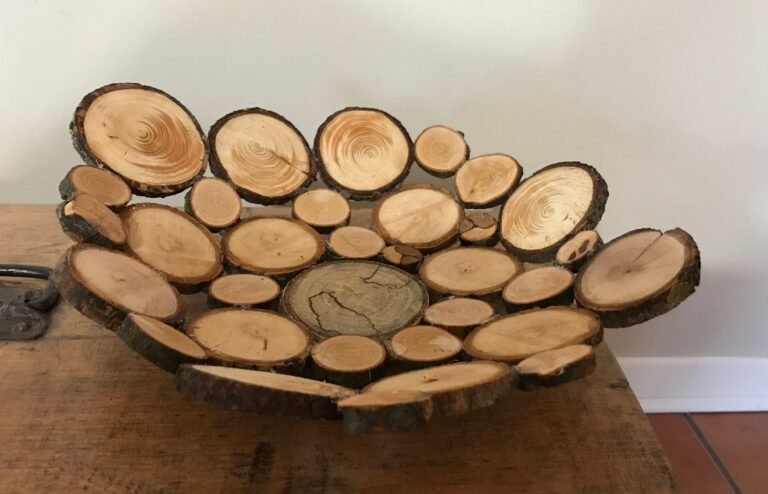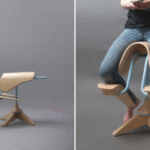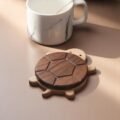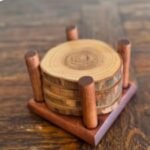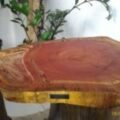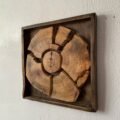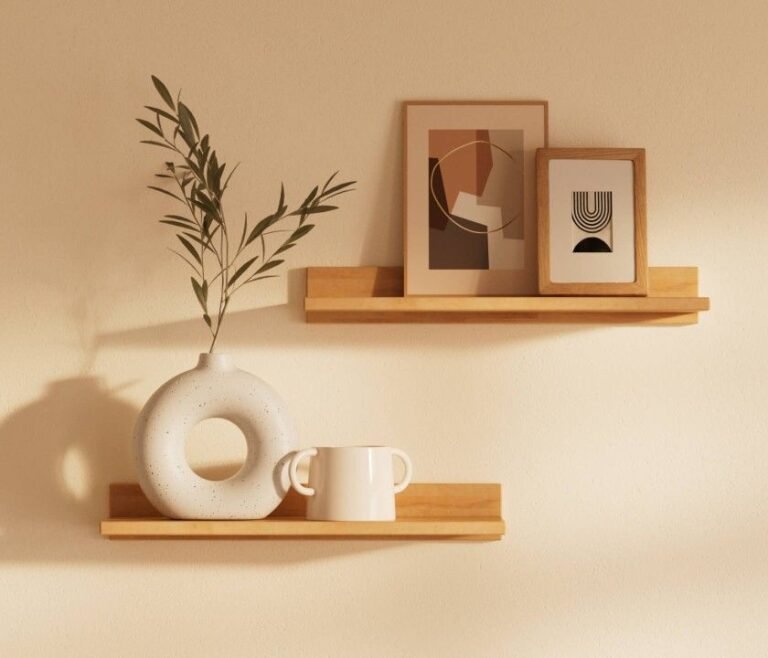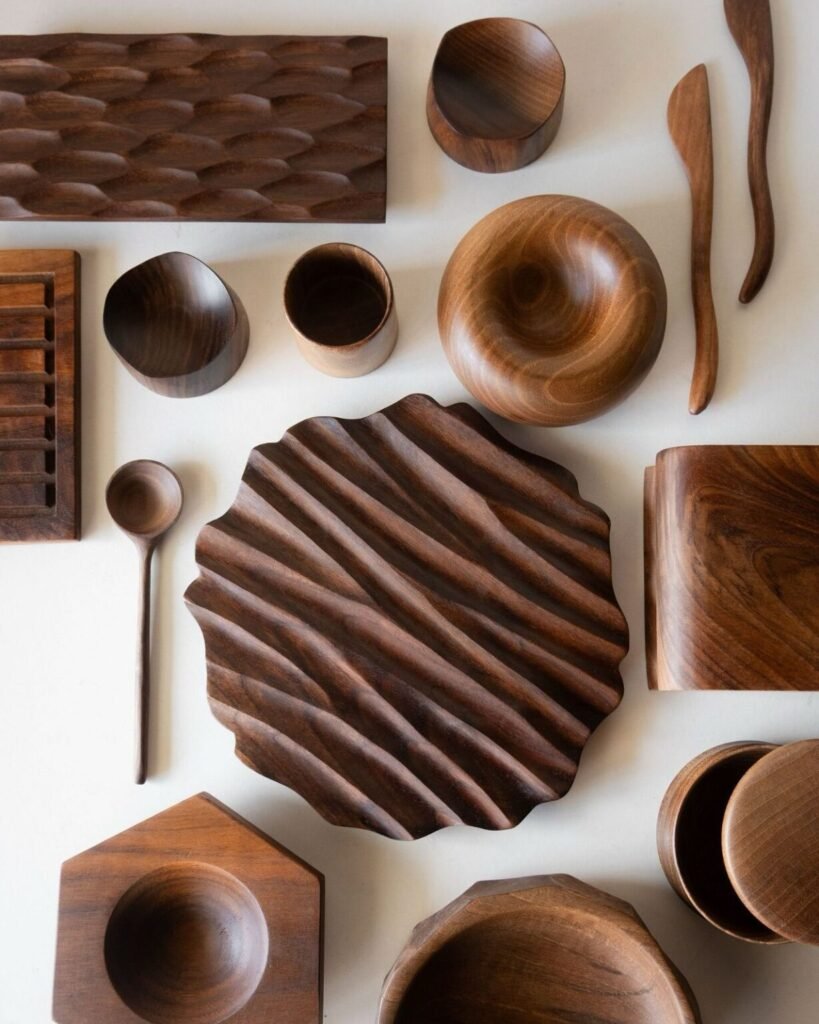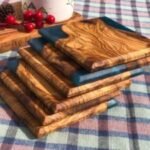Building a Chess Board: A Journey of Mistakes and Small Victories
You know, there’s something about the scent of freshly cut wood that just gets you. The kind of smell that pulls you in like a warm hug on a crisp fall morning. I was sitting in my garage the other day, sipping on my usual cup of coffee, steam mixing with the woodsy aroma of cedar and maple. Really, you could almost take a moment to forget about the chaos of life outside that little sanctuary. That’s when I got lost in my own thoughts, reflecting on the time I tried to build a chess board. Let me tell you, it was an adventure full of twists and turns.
So, there I was, staring at a pile of lumber I’d collected from a local supplier. Cedar for the frame and some rich walnut and maple for the squares. You know, classy but not too fussy. I figured, “How hard could this be?” Cue the proverbial hubris. What started as an ambitious project quickly spiraled into something that was at once therapeutic and maddening.
The First Cut Goes Awry
I dragged out my table saw, which I’d inherited from my grandfather. That thing has seen more cuts than a lumberjack at a tree-felling contest. The first major piece I needed to tackle was the squares. I measured everything precisely—or so I thought—and managed to cut one square of walnut and one of maple. I had this whole vision in my head of how they’d come together. But then, I fumbled the measurements on my very first attempt; the pieces didn’t fit. I must’ve cursed under my breath more than a few times; it felt like I was battling the wood itself.
Eventually, I got the cuts right, but by the time I sat back to admire my work, I realized that the pieces looked a little… amateurish. Some were slightly uneven. I almost gave up at that moment; it felt like I was just wasting time. I could’ve kicked the saw across the garage—but I didn’t. Instead, I took a deep breath, laughed a little at my own impatience, and figured, “Well, let’s just sand these down and see what happens.”
Sanding and Finishing
Now, sanding might sound like one of those boring tasks, but there’s something meditative about it. As the sandpaper slid over the wood, it reminded me of those lazy summer days spent on the lake, the sound of the water against the boat or the cool breeze. I lost myself in that rhythm, and suddenly, the mistakes didn’t feel that monumental anymore. I used 220-grit paper, then switched up to 400-grit for that silky finish. I’ll never forget the satisfaction of feeling it slide through my fingers when it was done.
When the pieces finally had that smooth finish, I was on a bit of a high. I moved on to the adhesive, spreading it out like peanut butter on toast. God, the smell of wood glue—there’s just something about it. If they bottled that scent, I’d be the first to buy it. I let the pieces dry overnight, practically tapping my feet in anticipation.
The Terrible Reveal
The next day, I stripped off the clamps, feeling like a kid on Christmas morning. But then… disaster struck. Some of the squares had shifted slightly, resulting in a board that looked more like a funhouse mirror reflection of what I wanted. I gasped. It was an affront to every chess player who ever took their piece seriously. It felt like I had a clown face instead of a masterpiece.
You ever feel like you’ve invested heart and soul into something only to realize it’s a complete flop? That was me. I wanted to scrap the whole thing. I sat there for a while, staring at my uneven board, contemplating how to salvage my dignity. But you know what’s funny? I actually ended up laughing. Sometimes, projects don’t go as planned, but that’s part of the journey.
A Turnaround Moment
After a few cups of coffee and some contemplation, I pulled myself up and decided to embrace the quirks of what I’d made. I mean, a little character never hurt anyone, right? I painted the edges with a deep charcoal color, giving it a bit of a rustic flair, and it looked… well, surprisingly good.
Now, the finishing touches were a whole different beast. I coated it with a satin finish for protection and a touch of elegance. When it dried and I put it all together, it actually looked nice. A little lopsided, sure, but it told a story. It had my fingerprints all over it, literally and figuratively. I found an old set of chess pieces at a flea market—a quirky mix, but they felt like the perfect match for my rustic board.
Reflections Over Coffee
Sitting there with the finished product, I felt a sense of accomplishment that was hard to describe. Sure, it wasn’t perfect, but it was a labor of love, with all the struggles and triumphs stitched into every grain.
So if you’re thinking about trying something like this—don’t wait, just go for it. You’re gonna make mistakes; you might even want to throw your project out the window. But that’s all just part of the ride.
And hey, wouldn’t you know it, just the act of creating something, even if it’s imperfect, brings a unique satisfaction that’s hard to replicate. So grab some wood, get your tools, and let those creative juices flow. Maybe it’ll smell like cedar and give you a reason to laugh—and that’s really what it’s all about.

